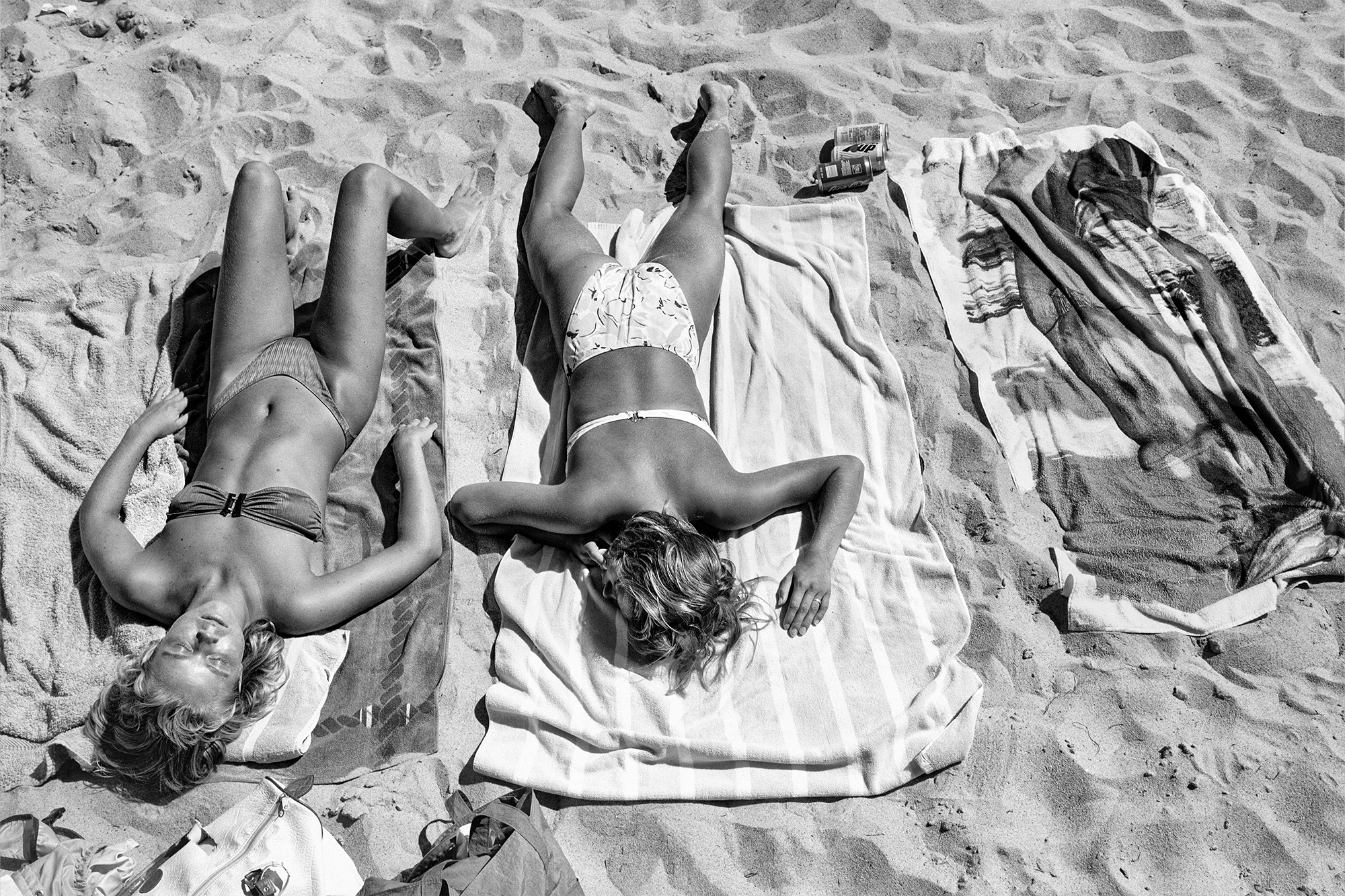In all of history, was there a better time to kick back on the beach than in 80s southern California? A peruse through Tod Papageorge’s gorgeous beach book, out now with Stanley/Barker, suggests not. An eternal sandy picnic is underway in — you guessed it — At the Beach. It’s certainly a contender for the hottest photobook of the year so far, but Tod never intended it to be a book, nor a project, as such.
“I was simply interested in the beach and the beautiful Los Angeles light,” Tod tells me. “I made my first pictures in the summer of 1975, although I don’t recall exactly how that trip happened, who I was with or what car we used. All I remember is being on the beach in Malibu and photographing with 6x9cm cameras.” It appears that, for Tod, the beach became a blank canvas that allowed him to see the world as art. The buff beach boys and bikini babes sprawled on luminous shores make patterns of repetition, shape and form. There are ample stories, too, for Tod is, after all, a great teller of tales (check out his acclaimed chronicles of Central Park and Studio 54). Here, he tells us about what brought him to the beach.
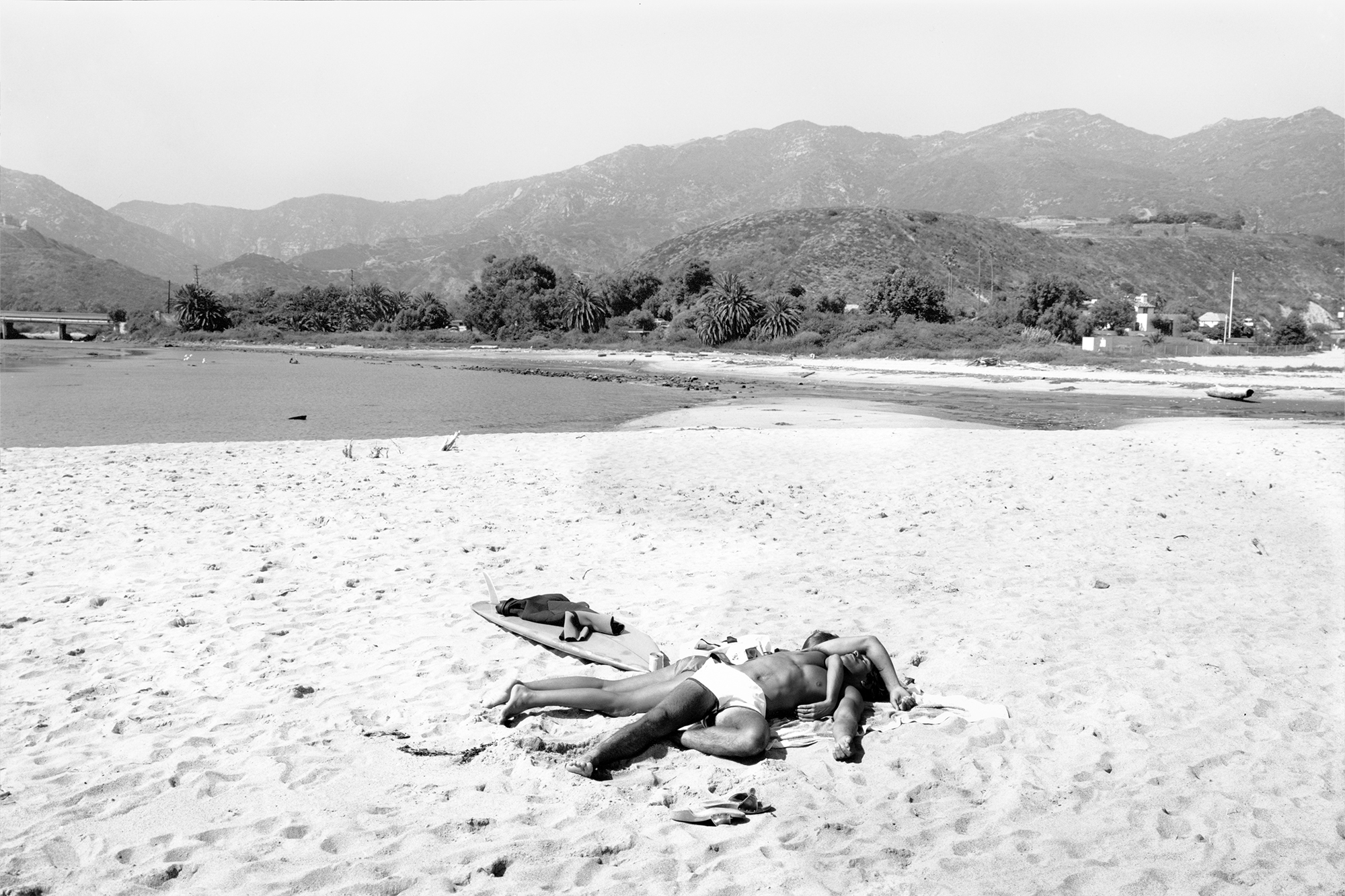
Hey Tod! What did the beach mean to you growing up?
I was born in Portsmouth, New Hampshire, about four miles away from a beautiful ocean beach, where, during my high school summers, I’d drive in the late afternoons after working in my father’s restaurant to swim away, in the cold salt water, the sweat and tension I’d built up during the day. So, in that sense, the beach played a key part in my growing up.
What cultural images of the beach do you remember?
I’d say that beach in Portsmouth gave me a kind of “intrinsic” culture that had little to do with images from the larger culture, although I still remember Burt Lancaster and Deborah Kerr grappling in the Pacific surf in From Here to Eternity (1953) and have a somewhat vaguer memory of On the Beach (1959). But I never saw any of the bikini films so popular then – you know, Annette Funicello et cetera — and paid no conscious attention at all to the music of The Beach Boys. In fact, from the 1960s, Mozart was my Brian Wilson.
What about the Californian beaches specifically?
Well, speaking of Wilsons, I’ve always admired Edward Weston’s California pictures of the model Charis Wilson, although they seem more like nudes-as-pictorial-subjects-made-on-a-beach-dune rather than photographs “about” a beach. And, apart from that, I guess, like everyone else, I must have formed some notion of what California beach girls and surfer boys might be from the tags and traces of films and photographs I happened to see.

Did taking photographs at the beach feel like a natural thing for you to do?
Although it might sound strange for me to say, I think that, if nothing else, my early days made me absolutely unselfconscious about being on a beach and walking through crowds of beachgoers. I learned I belonged there. So, years later, it was a simple progression for me to carry and use cameras – even large and conspicuous medium-format cameras – on a beach without considering the possible oddness of doing such a thing for hours a day in street clothes.
What was life like for you while you were making these beach photographs?
Thinking about it now, I see that I was “sailing” photographically – living in Manhattan and working almost exclusively with medium-format cameras during the day in Central Park, at night in Studio 54 and, for many of those summers, tripping across the country. Also, in 1977, I curated Public Relations, an exhibition of Garry Winogrand’s work for MoMA, and started teaching full-time, first at MIT and Harvard and then at Yale. So, I was producing a lot while going through a major change in my life, all without having the time to assess the value of the work I was making or what it might mean to turn a lot of my life over to classrooms.
How did you go about composing these shots?
These beach photographs reflect the 12 years of “practising” I did with a 35mm Leica – a machine that produces exactly the same frame shape and proportion as the medium-format Fujica – before picking up a bigger camera. In other words, by the time I started making these pictures, I effectively “sensed” the world in a 2:3 shape, allowing me to concentrate as I worked on the clarity of what I was seeing in front of me. For example, whether a head had turned enough to produce a distinct profile or, say, by moving a couple of inches, I could separate a figure from a confusing background. Simple things, but key to making clear photographs, and, at least for me, only slowly learned.
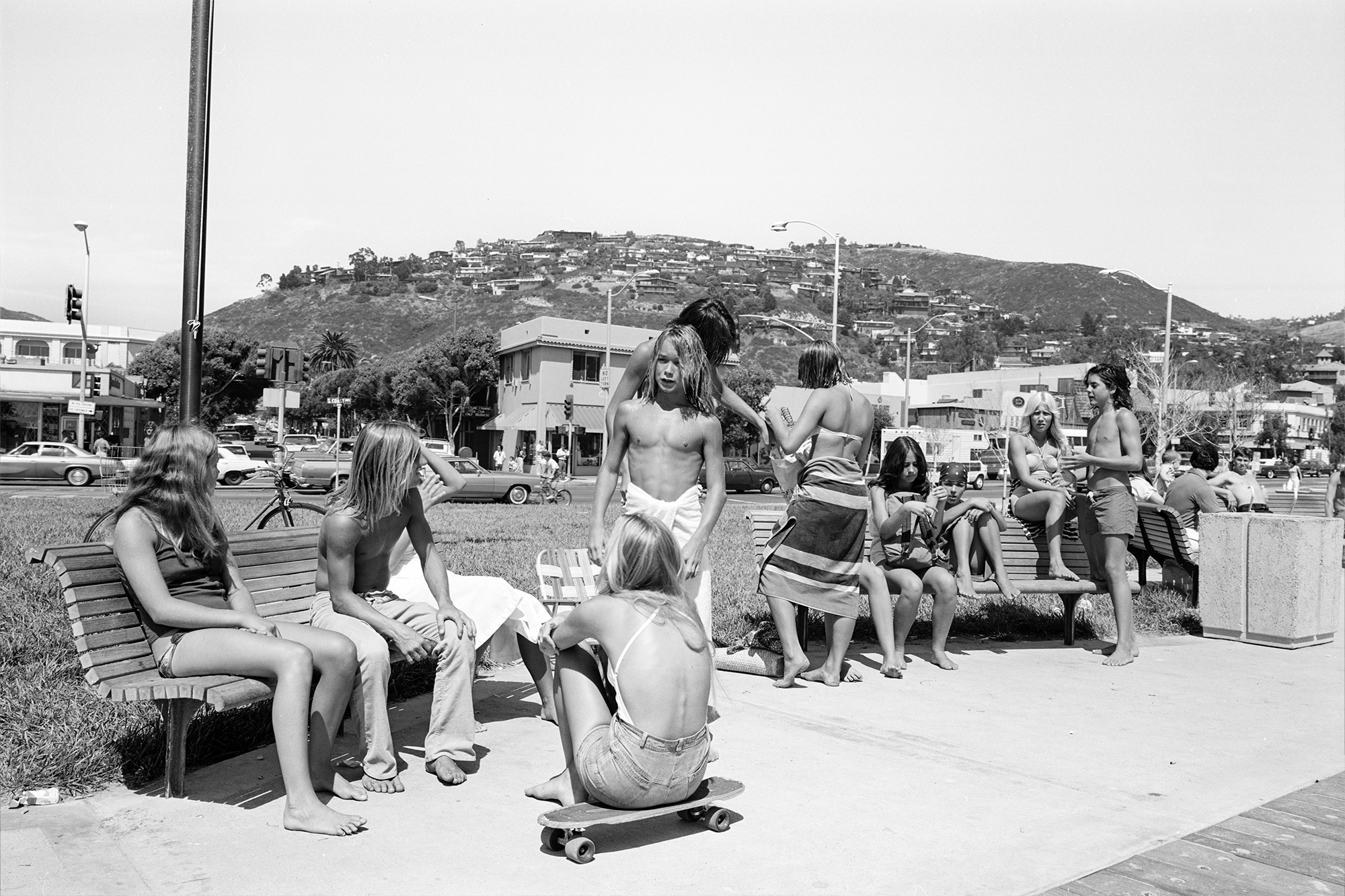
Was instinct involved too?
Yes. In fact, I’d argue that photography-in-the-world is the most purely intuitive creative medium we have (what other work of art can be produced in a moment?). It also requires significantly more training than many people might assume, not to mention the psychic/intellectual complexity the photographer as “body-mind” brings to the process of deciding what to photograph and in what design or form.
Did you make friends whilst shooting?
The beach was a kind of arena for me, just as Central Park, Studio 54 and the Acropolis have been. All places were laced with bodies at ease, reflecting not only our brave new world but also the Edens and hells I carried around with me from my experiences of great painting, poetry and music. So no, I’ve never made a friend, or hoped to, while photographing in such places. The work is too engrossing and demanding.
Do you see the beach book as a kind of time portal?
Because I was there making the pictures, they seem to me still alive in a way that denies the passage of time. I see there are no cell phones in them, but I don’t find these photographs to be anything but present. Perhaps that’s simply a reflection of the fact that their “characters” are literally stripped down to bathing suits. Or, more likely, that they’re good enough pictures that the issue of when they were made isn’t an issue.
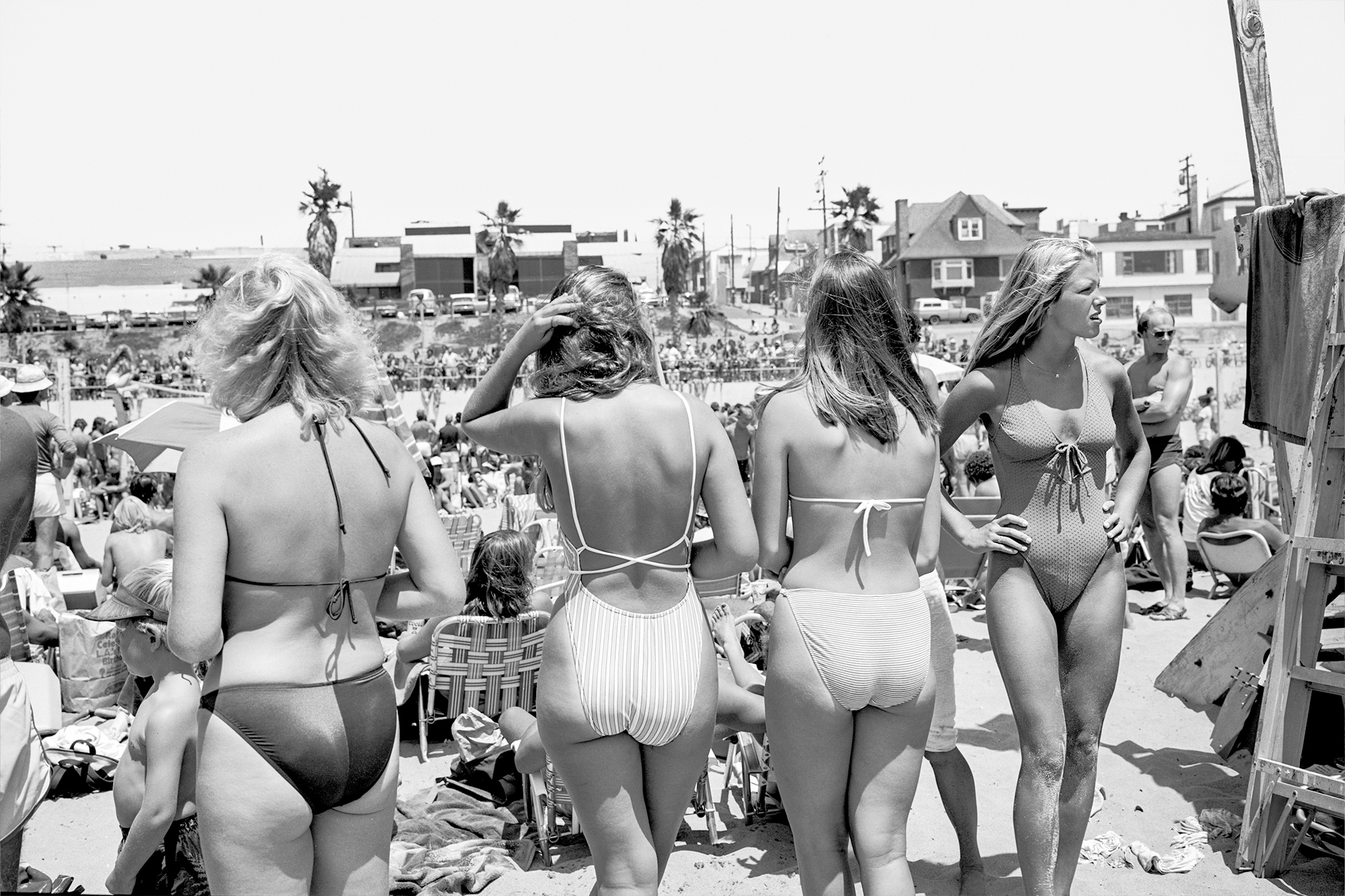
You’ve previously cited Shakespeare, Chaucer and the Bible as influences. Do you consider your photographs as fictions?
Certainly. I always have, just as I’ve always taught photography that way. I guess it’s the habit of someone who was obsessed with poetry as a young man and found no reason to amend his belief in the parallels between the two practices. For example, I believe in the “reality” of Chaucer’s “Wife of Bath” no more — and no less — than I believe in that of Henri Cartier-Bresson’s “puddle-jumper”: she being the projection of words reflecting the raw material of Chaucer’s experience of, in this case, women; and the jumper the product of a picture-making machine employing the look of the “stuff” of the physical world as its material lingua franca.
Speaking of the “physical world”, where did your interest in the physicality of photography come from?
It’s impossible for me to answer you without bringing up the work of Brassaï, which I first saw in 1968 at MoMA. It truly inspired me, not least because of its descriptive “physicality”, which I realised was inseparable from the photographer’s use of the larger negatives produced by a medium-format 6x9cm camera. So, I researched the subject and, finally, in 1973, bought a Fujica version of the format that had recently been produced (in order to fill the need of Japanese tour guides to make detailed records of the large groups of vacationers they led around the country). So, the “physicality” of my Central Park and Studio 54 photographic subjects, for example, is directly related to that of the subjects in my beach photographs, in a line that extends back to Brassaï’s brothels and nightclubs of 1930s Paris and up through clusters of Japanese tourists posed in the shadow of Mount Fuji, as recorded by a Fujica.
‘At the Beach‘ by Tod Papageorge is published by Stanley/Barker.
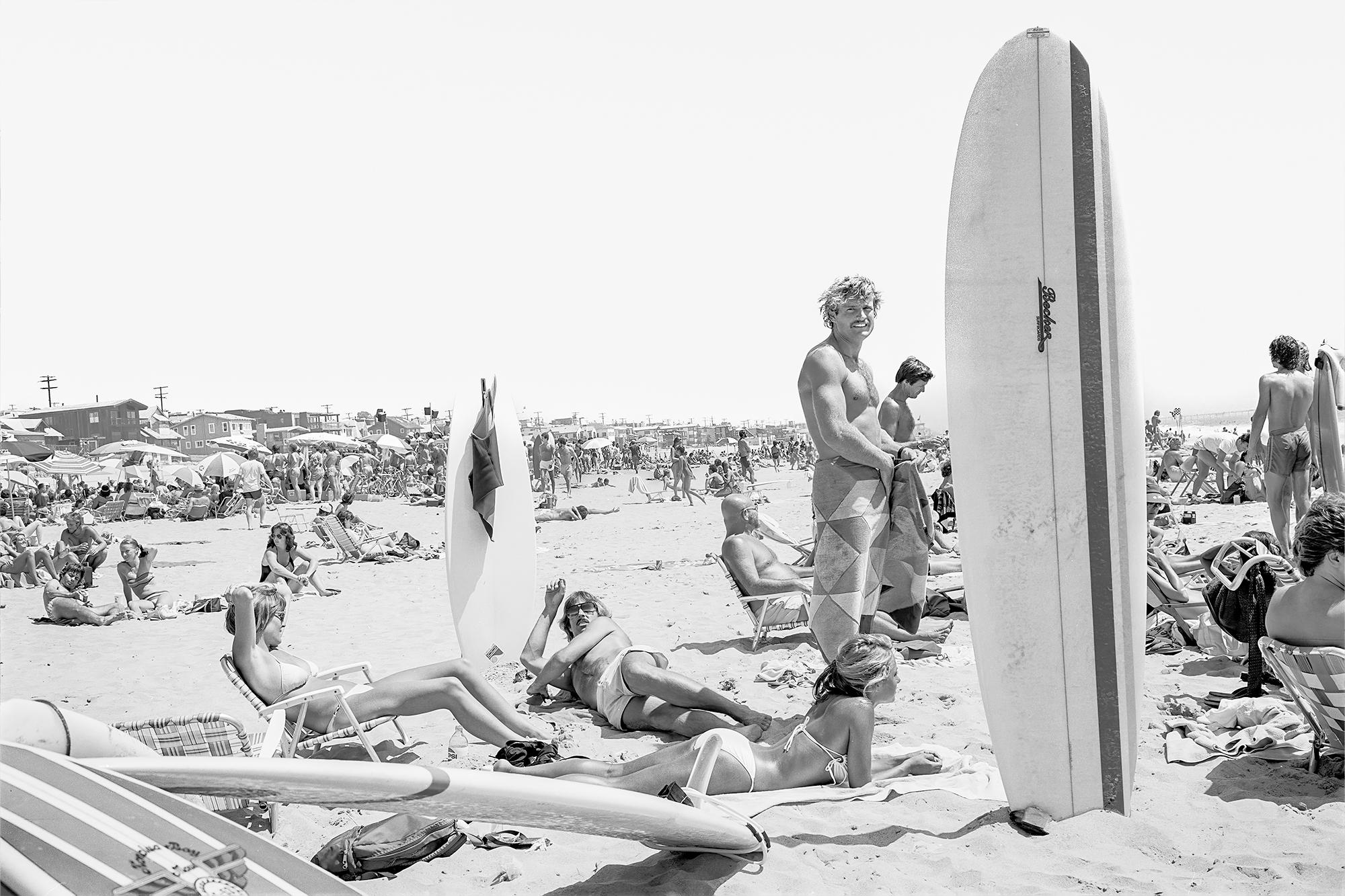
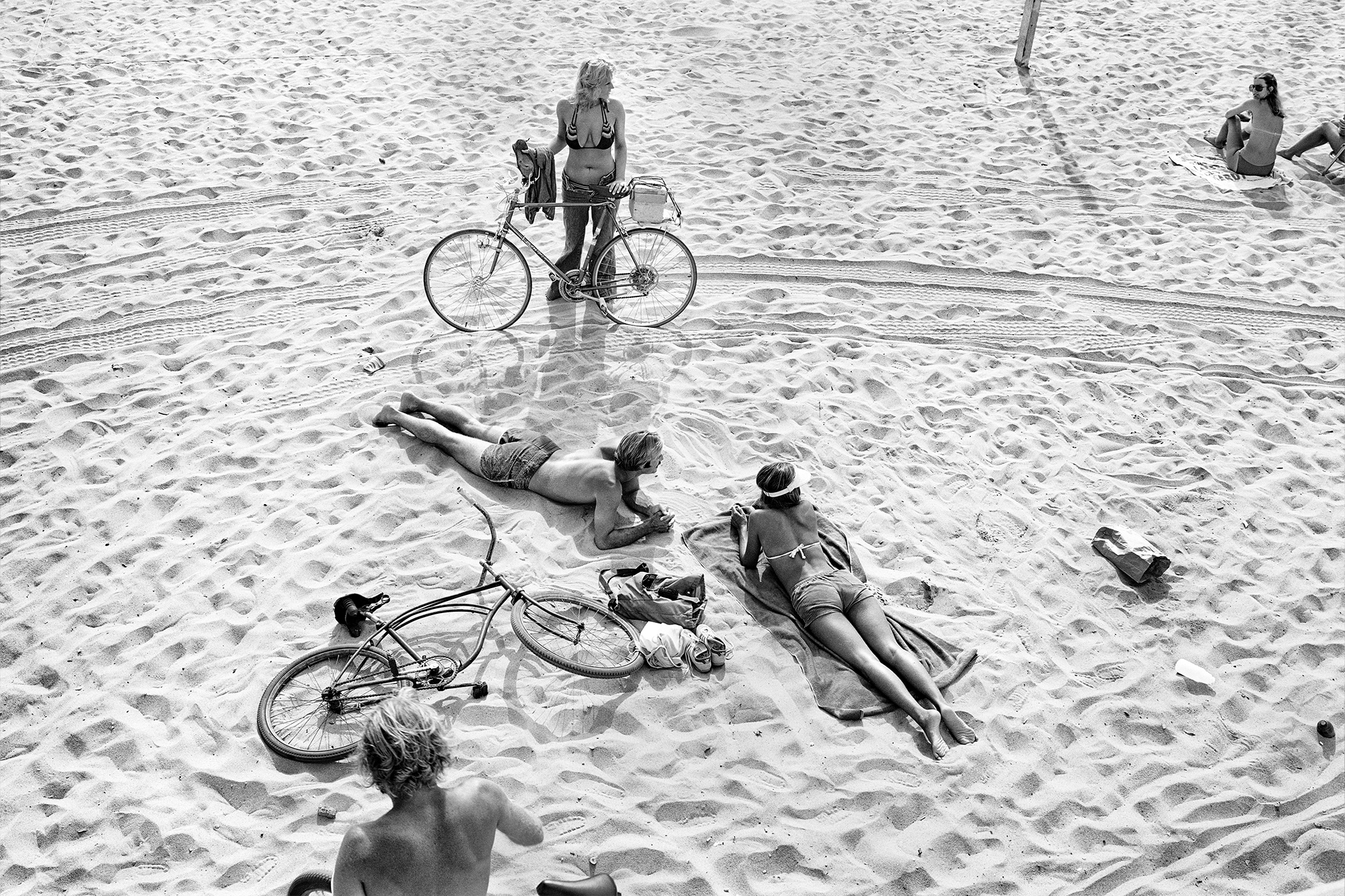
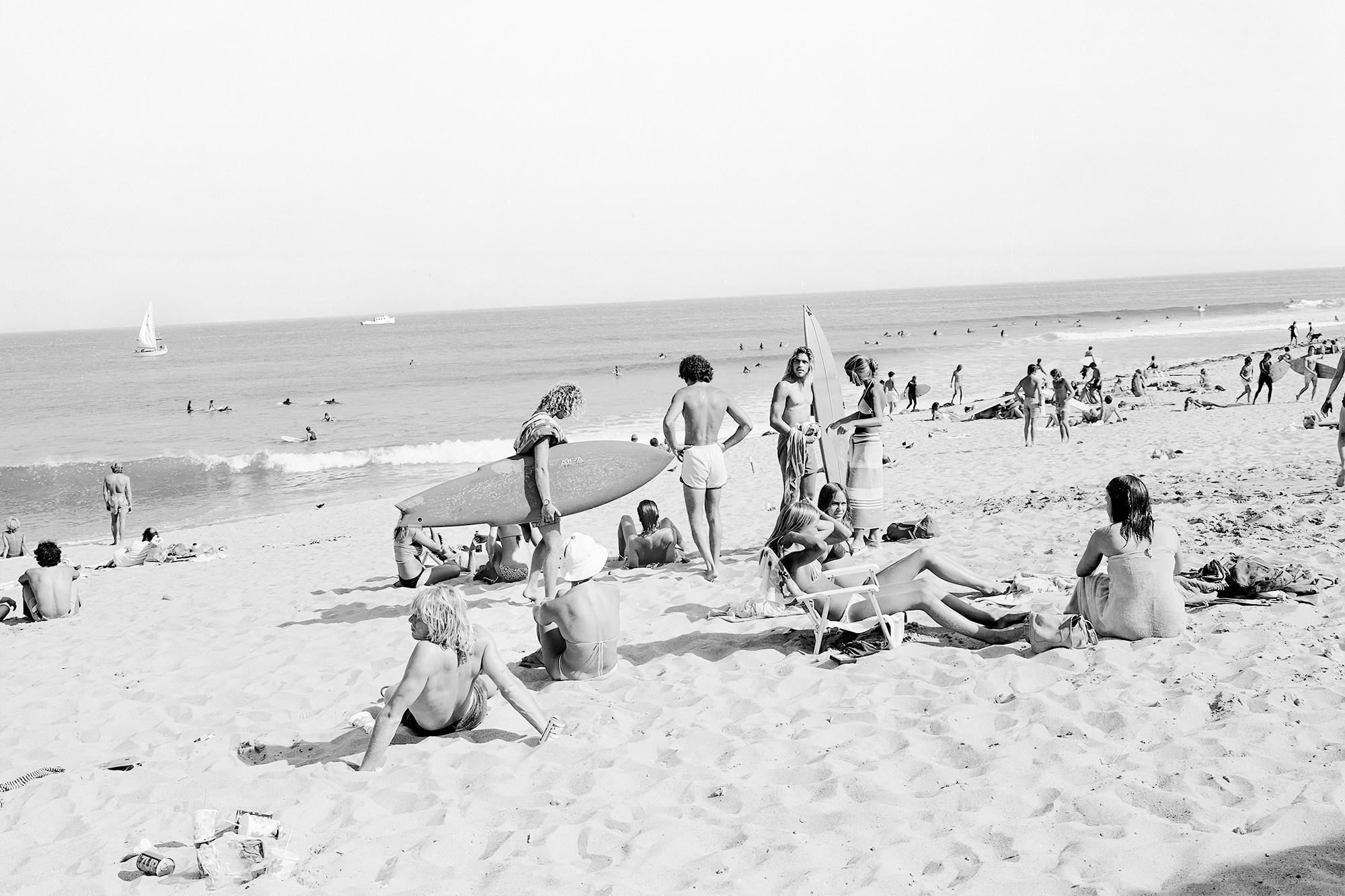
Credits
All images courtesy Tod Papageorge, Stanley/Barker and Galerie Thomas Zander.
